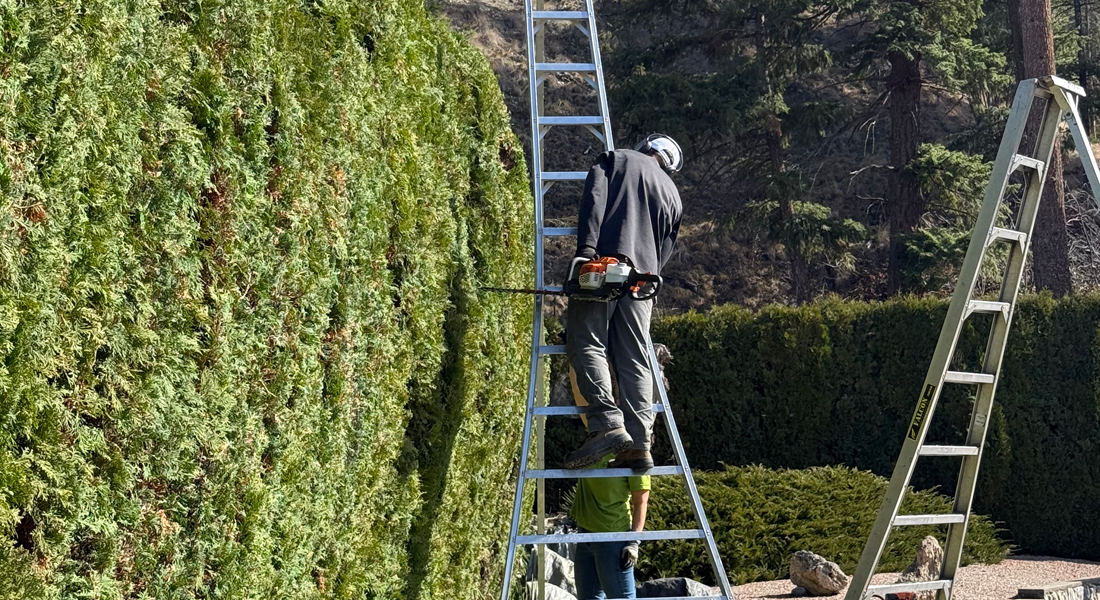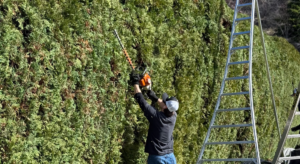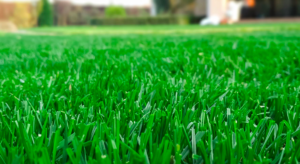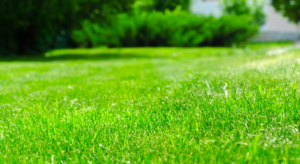Keeping your hedges looking neat and healthy may seem simple—but in Kelowna’s dry, sunny climate, a few common mistakes can lead to long-term damage. From over-trimming to bad timing, many homeowners in the Okanagan face the same hedge problems year after year.
At Razor’s Hedge, we specialize in precise hedge trimming throughout Kelowna and the surrounding areas. This quick guide covers the most common summer mistakes we see—and how to avoid them for cleaner cuts, healthier growth, and better-looking hedges all season long.
1. Trimming During Peak Heat
Okanagan summers bring plenty of sunshine—and it can be tempting to get outside and tackle yardwork in the middle of the day. But trimming hedges during the hottest hours can leave plants exposed and stressed. Freshly cut branches are more vulnerable to sunburn, especially on young or thin hedges. Whenever possible, aim to trim in the early morning or evening when temperatures are lower and the sun is less intense.
2. Removing Too Much at Once
It’s easy to go overboard, especially when hedges have gotten out of control. But cutting back too much at once can shock the plant, slow down regrowth, and leave you with thin, patchy foliage. A better approach is to trim lightly and consistently throughout the growing season. If your hedge needs serious shaping, spread the work over multiple sessions to avoid long-term damage.
3. Ignoring the Hedge’s Shape
One of the most common trimming mistakes is creating a hedge that’s wider at the top than at the base. This top-heavy shape causes the lower branches to get shaded out, leading to thinning and bare spots over time. The best practice is to shape hedges with a slight taper—wider at the bottom, narrower at the top. This ensures even light exposure and promotes full, healthy growth from top to bottom.
4. Using Dull or Dirty Tools
Clean, sharp blades make a huge difference. Dull trimmers tear through branches instead of making clean cuts, which increases the risk of disease and slows down healing. Dirty tools can also spread fungi or pests from one plant to another. Before each trim, take a few minutes to sharpen and disinfect your blades—especially during the busy summer season.
5. Not Knowing Your Hedge Type
Not all hedges respond the same way to summer trimming. Flowering shrubs, for example, often need to be trimmed after they bloom—not before. Other varieties prefer shaping earlier in the season. Trimming at the wrong time can reduce flowering, impact growth, or leave the plant open to damage. If you’re unsure, it’s always worth checking or asking a local expert.
Keep Your Hedges Looking Their Best
With Kelowna’s dry summer climate and intense sun, it takes a little extra care to keep hedges healthy and looking great. But with the right timing, tools, and technique, you can avoid the most common issues and enjoy a yard that feels clean, balanced, and well cared for.
Need help with your hedges? Razor’s Hedge offers expert trimming services across Kelowna and the surrounding area. Whether you need a simple summer shape-up or full seasonal maintenance, we’ve got you covered.
👉 Get in touch today and let your hedges thrive.




